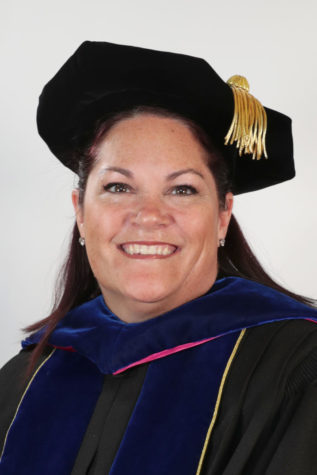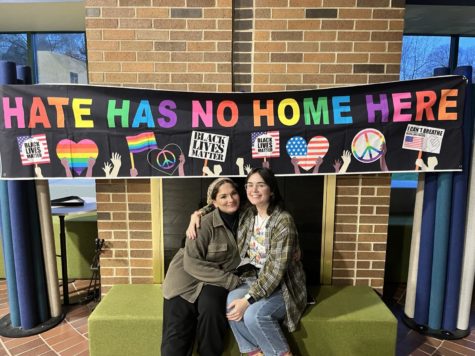Mercyhurst yearbooks digitized
November 11, 2020
Each class that graduates from Mercyhurst is unique. Because each class is shaped by the events of their college years and their experiences and achievements at the Hurst, each class can be remembered in a slightly different way. One way of commemorating the graduating class was, for many years, through the Mercyhurst college yearbook.
Although students from each class might have had their own copy, copies were kept in the Hammermill library and these copies of every yearbook are now available to the entire Mercyhurst community for the first time. All the digitized issues of “Prae-terita” and the Mercyhurst “Senior Annual” can be found online through the archives website, ar-chives.mercyhurst.edu. Each copy from 1937 through 2009 is now available as a PDF. The digitized collection contains the “Praeterita,” from the years 1937-1998, and the “Senior Annual,” (a renamed version of the same type of yearbook) from 1999-2009. Also included is the 1929 “Pioneer,” Mercyhurst College’s first yearbook. University archivist Bryan Col-vin headed the effort to get these unique pieces of Mercyhurst on-line. “I decided to digitize the year-books because requests are made for them a lot.
Family members of alumni who passed love seeing images of their loved ones” said Colvin. As well as photos of campus life, the yearbooks contain artwork, memories, poetry, and reflections from the graduating class. Because the publications were edited by students, they vary a lot over the years, reflecting changes in culture and college life. “I think the most interesting thing to me in the yearbooks is watching Mercyhurst grow and evolve over time,” said Colvin. Volume 10 of “Praeterita” from the Class of 1946 compared the art of ballet to the refining of oneself that happens at college.
The yearbook featured student artwork and poetry about ballet, saying “one all the forms of dance, the most deliberately cultivated, the highest, is ballet. Between ballet and college life there are many significant similarities. The college has its rhythm its accent, its narrative, its atmosphere, its theme. College life for every student involves the most deliberate cultivation of the self – a fine art.” The 1937 edition prominently features “the Roosters,” the college students who had taken over the original Roost as a place of recreation for students to socialize and smoke. Later yearbooks feature the Corner Stone instead of the Roost, but many parts of the year-book remain the same. The 1993 yearbook notes “buildings stand, fads come and go, but Mercyhurst College contains seniors, faculty, sports, activities, and highlights. Events change our lives, but there are traditions that will never fade.”The yearbooks offer a glimpse into college life during a different time. For those of us who might be nostalgic about life pre-pan-demic, they are a perfect window to the joys of the past at Mercyhurst.








